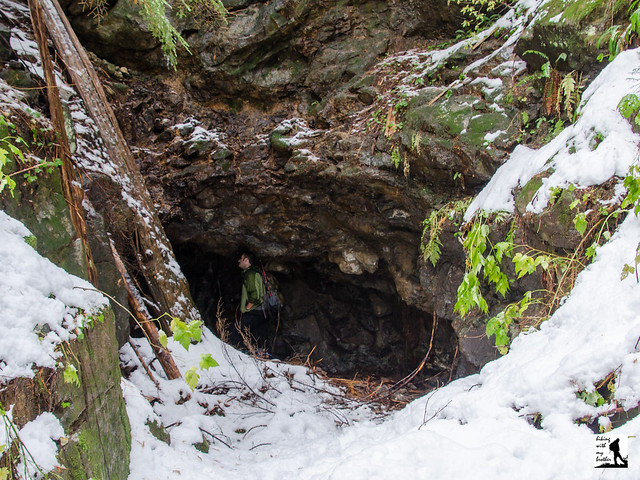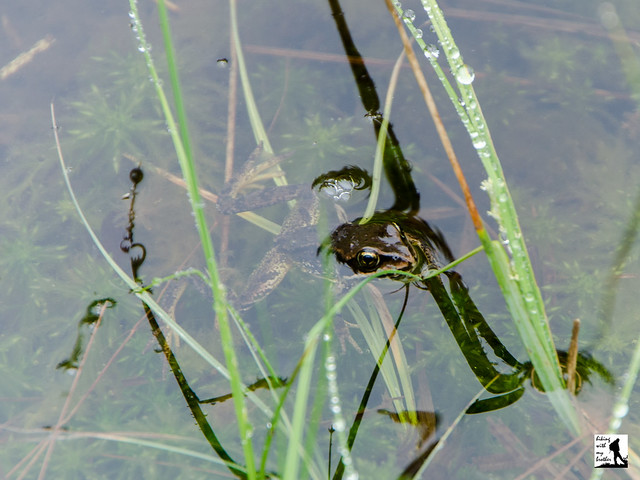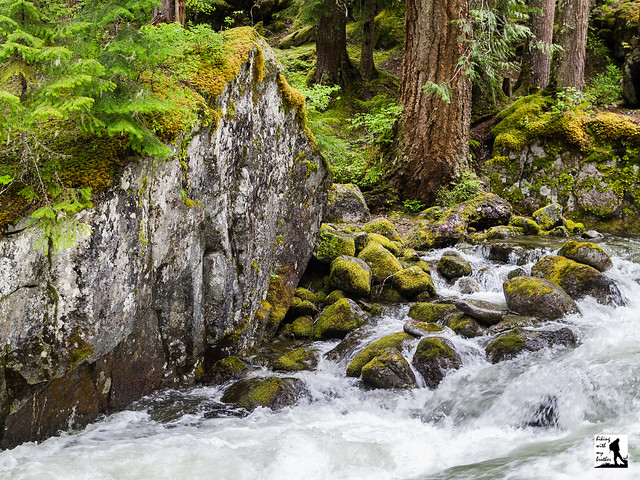Total Ascent: 1400ft
Highest Point: 2800ft
Total Distance: 6.6 miles
Location: N 48° 6.2640, W 121° 37.3320
Required Permit: None
Difficulty: Hard (Overgrown after 2.0 miles)
 A few weeks ago we headed back out the Mountain Loop Highway to the Marten Creek Trail #713, an all-but-forgotten mining road that once connected Silverton with Darrington over Granite Pass. We expected to find a trail leading out to an old mine, but instead we were confronted with a bit more route-finding and bushwhacking than we anticipated.
A few weeks ago we headed back out the Mountain Loop Highway to the Marten Creek Trail #713, an all-but-forgotten mining road that once connected Silverton with Darrington over Granite Pass. We expected to find a trail leading out to an old mine, but instead we were confronted with a bit more route-finding and bushwhacking than we anticipated.
If you’re looking for a training hike or a quiet snowshoe without a lot of company, the Marten Creek trail is an excellent choice. Although there is not much in the way of a destination, the first two miles of this trail offer forested trails, a roaring creek, some views and more than a little history. Much beyond this point most folks are unlikely to enjoy the hike, at least until the trail gets some serious trail maintenance. Because of this, we recommend you save this one for snowshoe season, as it makes a great alternative to the more popular routes along the Mountain Loop Highway.
There's a lot more to Marten Creek, and you can learn all about it in our book, Hiking Through History Washington. You'll find a trail map, route descriptions, history, and more for this and many more hikes throughout the State. Help support hikingwithmybrother.com and the work we do by picking up a copy!
 To get there, take I-5 North to Exit 194. Follow Highway 2 for about two miles. Stay in the left lane and merge onto Lake Stevens Highway 204. Follow for two miles to Highway 9. Take the left onto Highway 9 toward Lake Stevens. In just under two miles reach Highway 92 to Granite Falls. Take a right and follow for about nine miles to the Mountain Loop Highway. Follow the MLH for about 20 miles to the bridge over Marten Creek, just past the Marten Creek Campground. The signed trailhead is on the east side of the creek. There is no parking lot, find parking along the shoulder. -Nathan
To get there, take I-5 North to Exit 194. Follow Highway 2 for about two miles. Stay in the left lane and merge onto Lake Stevens Highway 204. Follow for two miles to Highway 9. Take the left onto Highway 9 toward Lake Stevens. In just under two miles reach Highway 92 to Granite Falls. Take a right and follow for about nine miles to the Mountain Loop Highway. Follow the MLH for about 20 miles to the bridge over Marten Creek, just past the Marten Creek Campground. The signed trailhead is on the east side of the creek. There is no parking lot, find parking along the shoulder. -NathanPrint Google Directions >>




 Almost every weekend for years, we have been trekking down hiking trails across Washington and reporting our experience on
Almost every weekend for years, we have been trekking down hiking trails across Washington and reporting our experience on 





